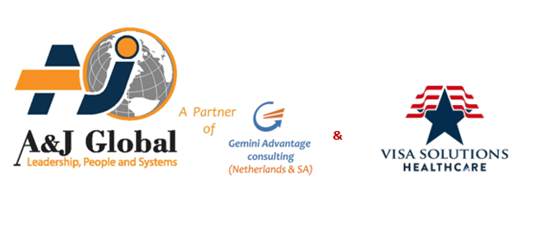The former US President Barack Obama counseled the world in the year 2014 on the need to shelf narrow-minded differences to prepare for possible global pandemics. From the look of things, many countries and entrepreneurs took this as a political statement, possibly to gain political mirage. Government organs, body corporates, and individuals may not have fully figured out how well they would survive in the event of a total lockdown, especially in the developing economies. Governments, for example, have not by way of research profiled the basic needs that Mwananchi expects subsidies on in the event of a pandemic.
Risk management networks
Modern risk management and disaster preparedness is not a one-person show; it requires a rigorous approach to determine, profile, and enter into multi-sectoral partnerships. In the current scenario, the government may consider providing an infrastructure for the hospitals to collaborate patients’ travel history as a way of cushioning medics from asymptomatic patients. My argument hinges on the fact that the government has the muscle to deploy a platform that interrogates the citizens’ “big data,” but, of course, within the confines of privacy. The infrastructure used for tracking criminals augmented with “the huduma number thing”, and Telcos infrastructure might be the line of thought we need to activate. Government organs, body corporates, and individuals may need to reassess their networks as a way of developing a seamless approach to disaster management. Human resource practitioners should map key employees’ needs to valuable-seamless partnerships to support the human capital in the event of a disruption.
Future Pandemics & Disasters
Future disruptions may not be in the form of a bio-challenge challenge or weapon if you like; it may come in the form of total global telco-connectivities downtime. Telco interconnectivity has become a driver for globalization but a silent risk that can hold the world at ransom. What would be a company’s recourse should international trade through internet-driven supply-chain infrastructures experience an extended period of interruption? My point is, don’t just learn from COVID and rest there; ensure that you think of the unthinkable as a way of broadening your risk horizon. The Board and CEO’s should task all business units to present innovative turnaround solutions and map them to their performance score-cards; otherwise, prepare for the worst.
Risk diversified products
We have learned from the current situation that as people become more hygiene-aware, even hospitals have to rethink their product mix. For the last two months, the medical bills in many homes have reduced as a result of sanitization and proper hand-wash practices. While this position is a reprieve to parents and caregivers, I don’t know what it means to hospitals when their clientele reduces their hospital-visits! As such, I recommend that corporate boardrooms embark on discussions on possible shelf-life of their product portfolio, mapping them to possible future adverse eventualities. The COVID-19 season has made the need for turnaround innovation a reality, calling all and sundry to stop viewing their current cash-cows or stream of income if you like as “unstoppable.”
Process re-engineering
The easiest way to explain the above is by looking at my upcountry home. I invite individuals and body corporates to consider reorganizing their workflows and budgets to get rid of non-core activities. Why retain a huge office rental space when COVID has demonstrated that a big chunk of your workforce could be more productive at home?. In español, toma esto en serio!
JOTHAM GICHUHI
Expert: Business Turnaround Strategies
